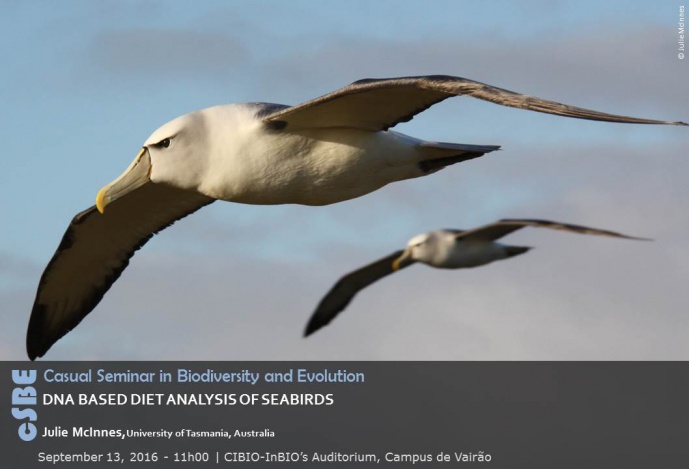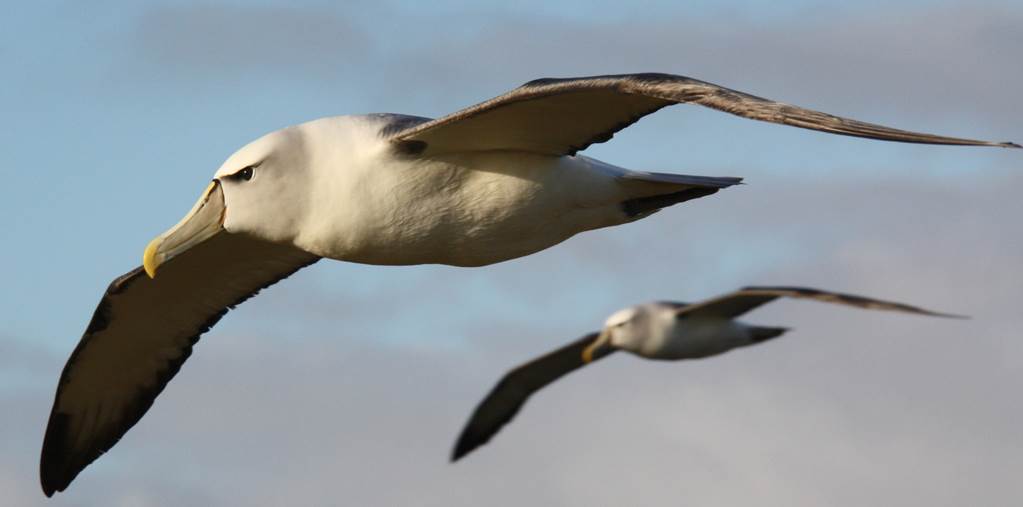DNA BASED DIET ANALYSIS OF SEABIRDS

CASUAL SEMINAR IN BIODIVERSITY AND EVOLUTION

Many seabird species are highly susceptible to marine threats, including interactions with commercial fisheries and climate change. Understanding their prey requirements and dietary flexibility in this context is important for effective conservation and management. However, current methods used to identify seabird prey items are often only available during certain stages of the breeding season and can be limited to certain prey groups. Small or soft-bodied items, such gelatinous and larval prey, are often under-estimated and hard-bodied prey are often over-represented, due to retention of hard-parts.
DNA metabarcoding of food in animal scats provides a non-invasive dietary analysis method for vertebrates. This method can be applied to all stages of the breeding season for seabirds and can detect soft-bodied prey. This talk will provide you with an overview of what DNA dietary analysis is, the varying approaches used and discuss my current albatross dietary work. We have developed field and laboratory methodologies for albatross diet analysis and used these techniques to establish range-wide prey information for the globally distributed Black-browed Albatross (Thalassarche melanophrys).
Julie has worked on numerous seabirds over the last ten years, which has included remote field work on albatross in the sub-Antarctic and penguins in the Antarctic, Australia and New Zealand. She is currently a PhD student at the University of Tasmania researching albatross diet analysis by DNA analysis of scats. Her work involves developing field protocols to ensure high quality dietary data is obtained and refining laboratory methods to detect all albatross prey items. This has then been applied to two case studies, firstly a broad collaborative study on the broadly distributed black-browed albatross; and secondly on the Tasmanian endemic shy albatross.
[Host: Simon Jarman, ERA-Chair in Environmental Metagenomics]
Image credits: Julie McInnes